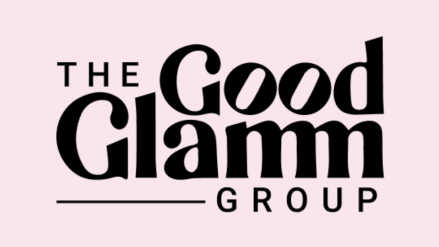Nearly three years after direct-to-consumer (D2C) startups rushed to build a “house of brands” model, many are struggling to scale efficiently. The Good Glamm Group, which aggressively acquired several D2C beauty and personal care brands, is reportedly facing a severe cash crunch. As it seeks to raise capital, the company is exploring the sale of brands like Organic Harvest and The Moms Co. In a significant development, Sirona Hygiene, acquired by Good Glamm for `450 crore in an all-cash deal in October 2024, has now been reacquired by its original founders.
“The ‘house of brands’ strategy sounds great in theory, but in practice, it comes with significant challenges, especially for new-age companies,” said Deep Bajaj, co-founder of Sirona Hygiene. Founded in 2014-15 by Deep and Mohit Bajaj, Sirona specialises in women’s health products. The acquisition and subsequent return of the brand highlight the growing struggles in executing the house of brands model effectively.
One of the biggest challenges is sluggish consumer demand and market saturation, particularly in the beauty and personal care sectors. Even established players are facing stagnation. Honasa Consumer, the parent company of Mamaearth, The Derma Co, BBlunt, Dr Sheth’s, and Aqualogica, reported a net profit of `26 crore in Q3 FY25, nearly unchanged from Q3 FY24. While its brands saw over 30% year-on-year growth, a significant portion of sales still comes from its flagship brand, Mamaearth.
Industry experts said that scaling multiple brands under one umbrella requires deep financial backing and operational efficiency. “The biggest mistake people make is assuming they can acquire brands and rationalise resources over time. Only after the acquisition do they realize the hidden challenges,” said Vikram Gupta, founder and managing partner of IvyCap Ventures.
Another example of a house of brands struggling to scale is House of Kieraya, which includes furniture rental brand Furlenco, re-manufactured furniture seller Furbicle, and luxury furniture brand Prava. In 2023, Sheela Foam, owner of Sleepwell mattresses, acquired a 35% stake in the company for 300 crore, followed by a 10.5% investment in October 2024. Despite these investments, House of Kieraya reported a 10.4% decline in revenue for FY24, with consolidated revenue from operations dropping to Rs 139.56 crore from155.78 crore the previous year.
Experts said that unlike traditional FMCG giants such as Hindustan Unilever (HUL), many D2C startups lack the resources and time to build strong brand identities. While early investor funding helped fuel acquisitions, sustaining profitability across multiple brands has proven challenging. “Managing diverse supply chains, optimising costs, and maintaining brand identities post-acquisition is complex. Each brand needs unique marketing, making resource allocation tricky,” said Ankur Bansal, co-founder and MD of BlackSoil.
Some digital-first brands transitioning to offline retail are faring better. Nykaa, for instance, saw its gross merchandise value (GMV) increase 49% year-on-year to `468.6 crore in Q3 FY25. With a portfolio that includes Dot & Key, Earth Rhythm, Pipa Bella, Gajra Gang, and Kica, the company has scaled its brands threefold in the last three years.
The house of brands model has seen relative success in the cloud kitchen space. In December 2024, Curefoods raised $40 million in a Series D funding round, while Rebel Foods secured $210 million from Temasek. Experts said that while the road to profitability is slow, financial discipline, clear brand strategy, and focused execution can make the model sustainable. “Those who streamline operations while preserving brand value stand the best chance of making the model work,” Bansal noted.
